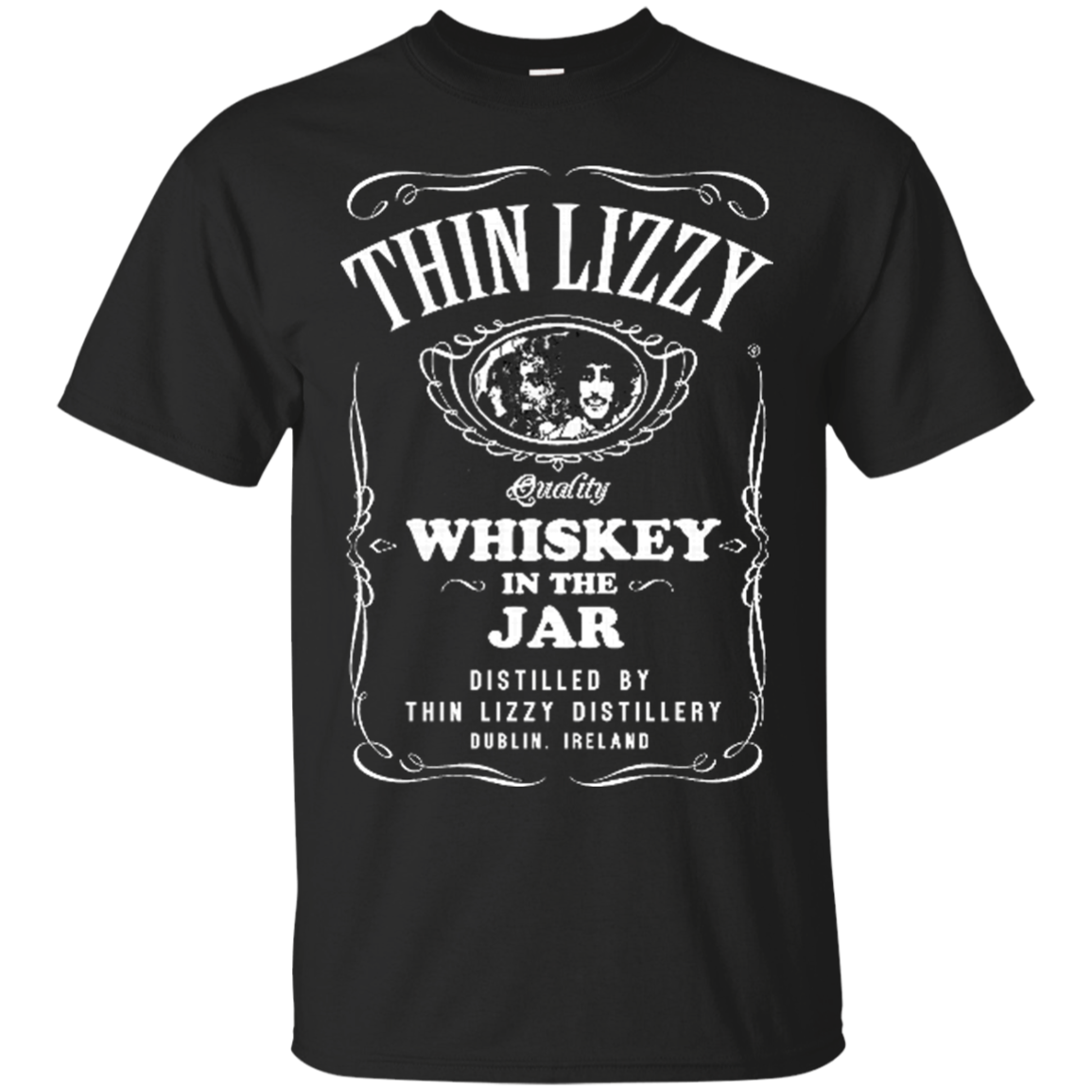
Looking for more? Check out our best Irish songs of all time.

They’ve all covered it over the years, secure in the knowledge that folks around the world will know it well. Just ask Metallica or U2, Bryan Adams or Simple Minds. Ironically, despite the band’s antipathy towards it, Thin Lizzy’s is now the definitive version, Eric Bell’s guitar lines the template as to how it is now performed.Īnd for any rock or pop band to endear themselves to an audience, Irish or otherwise, it’s a song for the ages.
#THIN LIZZY WHISKEY IN THE JAR FULL#
The song’s commercial success opened necessary doors through which the band would run at full speed, but it soon turned into a creative albatross.

The rest is Thin Lizzy lore: Released in the winter of 1972, “Whiskey in the Jar” quickly reached the top of the charts in Ireland, but took a few months to achieve chart success in the UK. The die was cast, however, when Dick Rowe, head of Decca Records, heard the rearranged song and overthrew the initial decision to include it as a mere B-side to their debut Decca single (“Black Boys On The Corner”). The band was unconvinced, but Lynott’s friendship with the Irish band Horslips – formed in 1970 and pioneers of what has become known as Celtic rock – made Lynott particularly sympathetic to the commercial possibilities of “rocking up” such a well-known traditional folk song. With Thin Lizzy members Eric Bell and Brian Downey taking a breather between songs, Lynott picked up a guitar, singing bits of this song and pieces of that song until he launched into “Whiskey in the Jar.” As they were playing, their Irish co-manager Ted Carroll walked in, noting the song sounded like a potential hit single.

Lead singer Phil Lynott had known the song for years, having performed it many times during the 60s in his formative days on Ireland’s folk music circuit. It began as a joke during a lull in afternoon rehearsals in an upstairs room of the Duke of York pub in London’s King Cross area. Such traditional ballad/folk songs sung by people in Aran sweaters and preppy attire were remnants of an era beloved by their parents. Nonetheless, rock musicians and their followers steered clear of the song because it was viewed as a relic of a different time, place, and culture. Until the South comes back again, beneath the Starry-Banner Īnd if John Bull should interfere, he'd suffer for it truly įor, soon the Irish Volunteers would give him Ballyhooly.By the close of the 60s, “Whiskey in the Jar” had become a staple of virtually every traditional Irish music session you chanced upon. Och, sure, we never will give in, in any sort of manner, Och hone! the slaughter that we made, bedad, it was delighting!įor, the Irish lads in action are the devil's boys for fighting. I see an extensive collection of guitars behind you. The Rebel blaggards soon gave way: they fell as thick as paynuts. I really enjoyed them both but, whiskey just took first place for me. We soon got into battle: we made a charge of bayonets:

Whoo! says I, the Irish Volunteers the devil a one afraid is,īecause we've got the sugar bowl, McClellan, to lead us. I bid good-bye to Biddy dear, and all the darling children Ora, once in regimentals, my mind was bewildher. Till I 'listed for a Soger-boy wid Corcoran's brigade, sir. I used to cry out: Soap fat! bekase that was my trade, sir, Not long ago, I landed from the bogs of sweet Killarney I am a modern hero: my name is Paddy Kearney The song appeared in wording very close to its modern version in a ballad called "The Sporting Hero," or "Whiskey in the Bar," in a mid-1850s broadsheet.ĭuring the American Civil War the famed Fighting 69th, composed of almost all Irish, adopted the song as their own anthem but changed the lyrics and called the song “We'll Fight for Uncle Sam.”


 0 kommentar(er)
0 kommentar(er)
